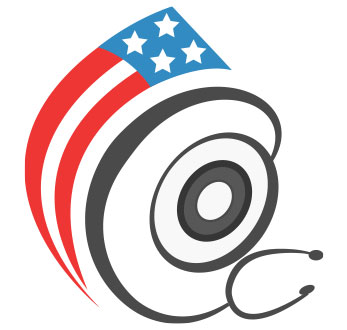In people 60 and older, brief gaps in conversation, periods of confusion, blank stares, or being unresponsive are often chalked up to harmless "senior moments." But these may actually be signs of
epilepsy, which is now more prevalent among older Americans than any other age group.
The treatable condition often goes unrecognized - even by
medical professionals - or is improperly treated, according to experts from the National Council on the Aging (NCOA) and the American Society on Aging.
Epilepsy is a chronic neurological disorder that affects more than 2.5 million Americans, making it one of the most common neurological disorders. Once considered a disorder of the young, those over 65 constitute the most rapidly growing population with epilepsy, and epilepsy is twice as likely to occur in seniors. Epilepsy is not just a condition someone is born with but can be caused by common health problems associated with aging, including stroke, certain cancers, and heart disease. It may also develop following a blow to the head or trauma such as an auto accident.
For more information, click Seniors' Corner at
http://www.ncoa.org/.
The contents on DoctorSolve.com are meant to provide useful and relevant information. The information on our website is intended for educational purposes and may include text, graphics, video and other multimedia. The information on this website should not be used as a substitute for professional medical advice, diagnosis or treatment. Always consult your doctor or other medical practitioner before taking any course of action based on the information you find on DoctorSolve.com.






